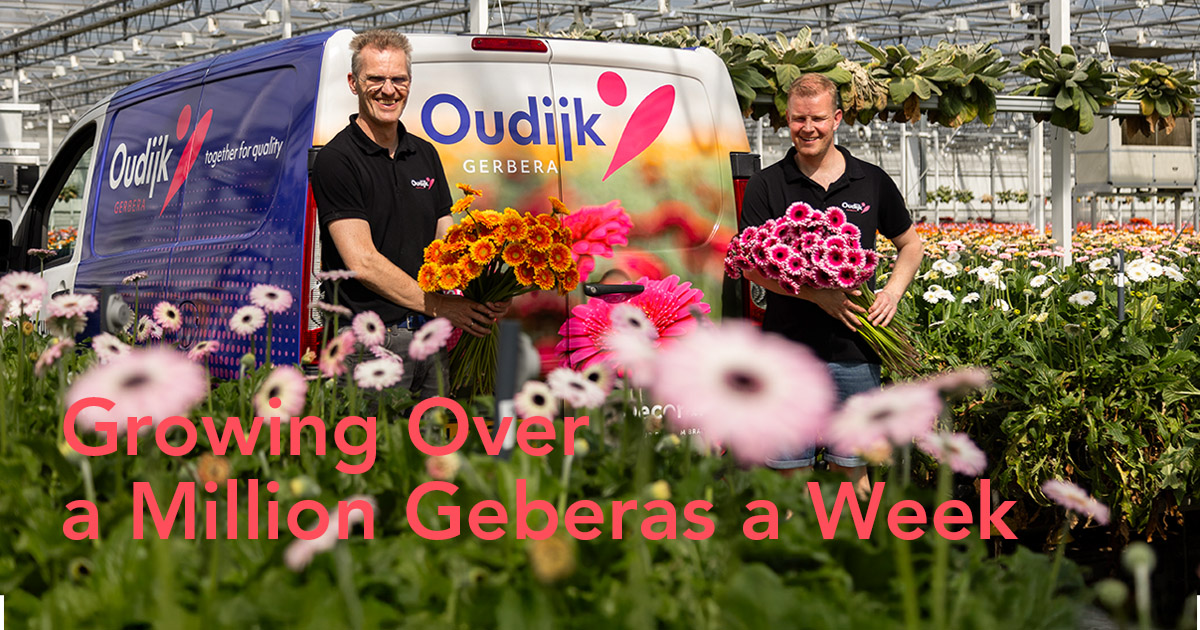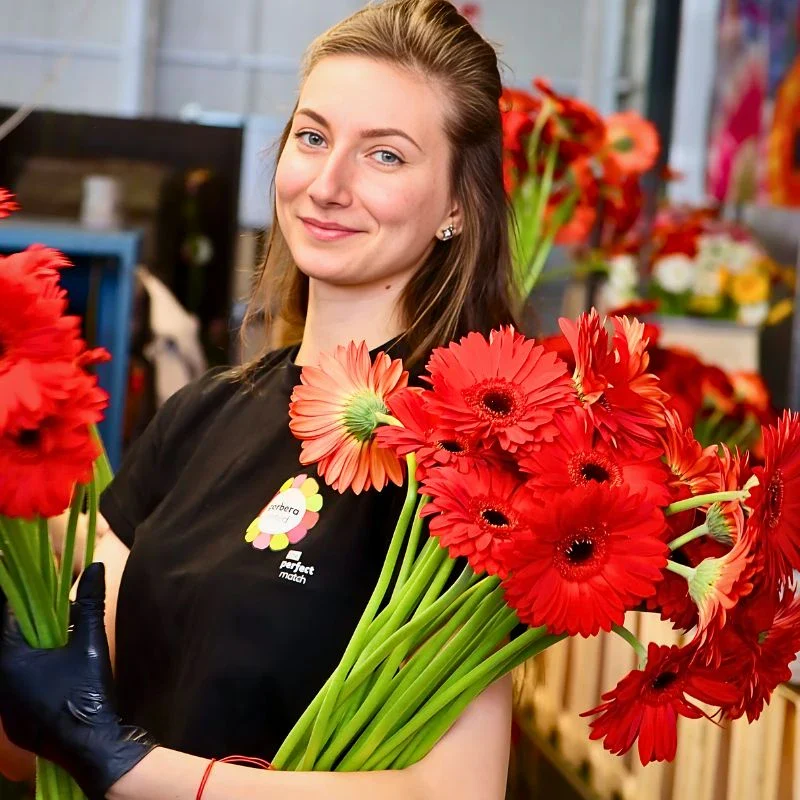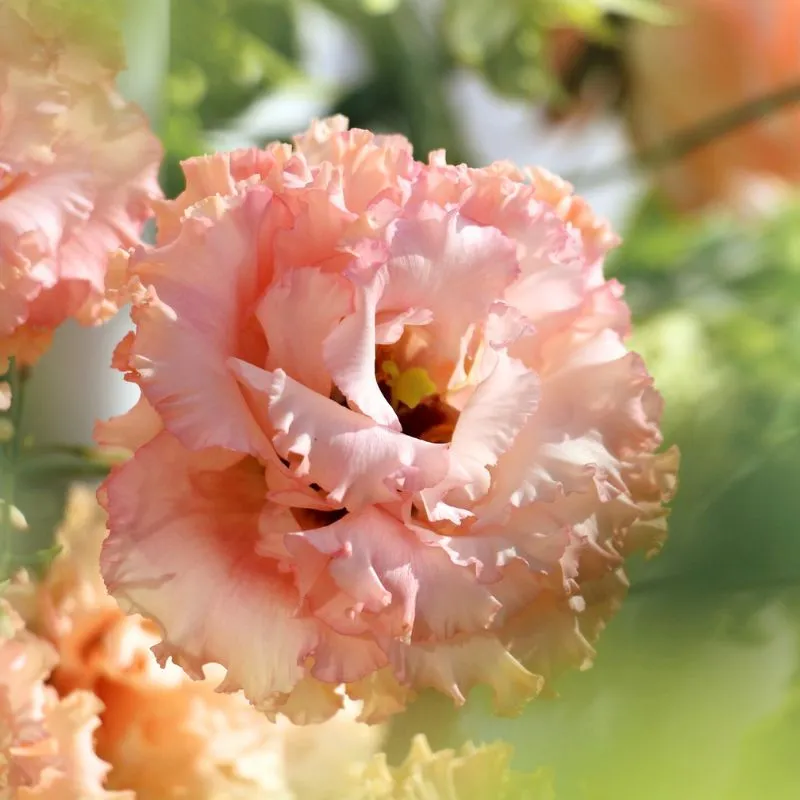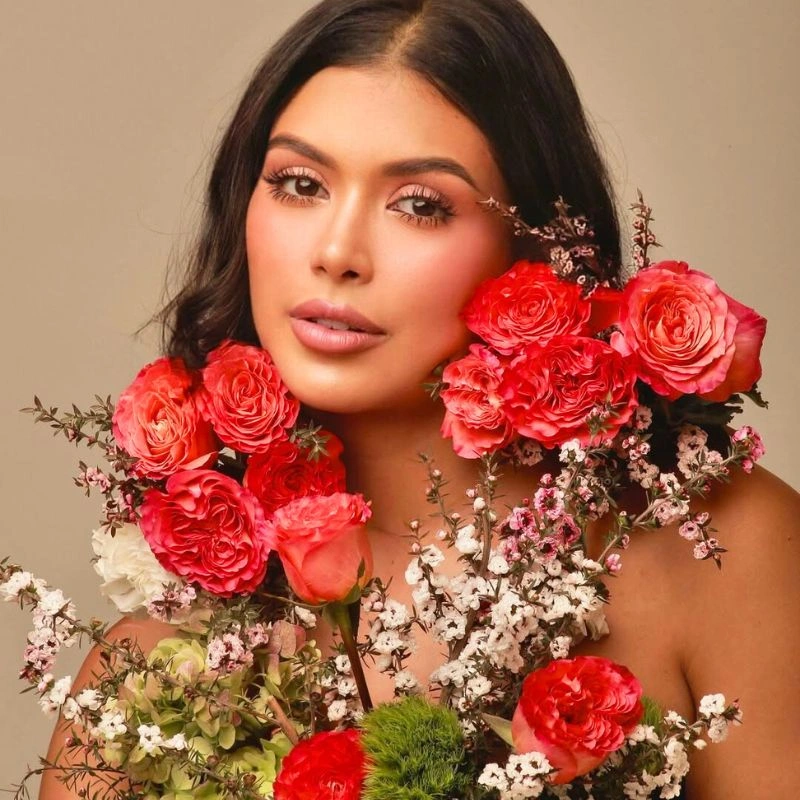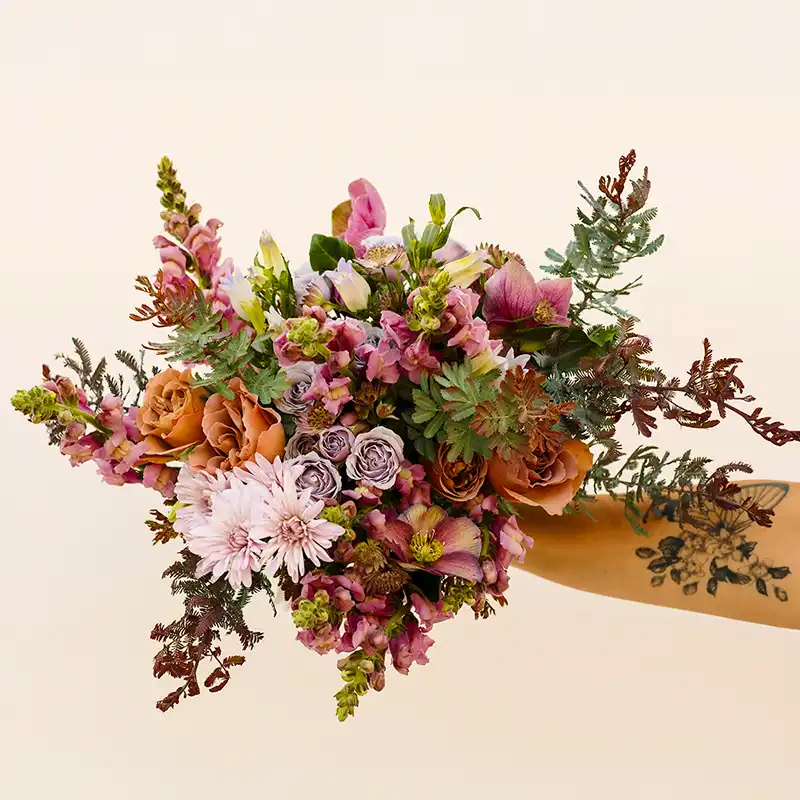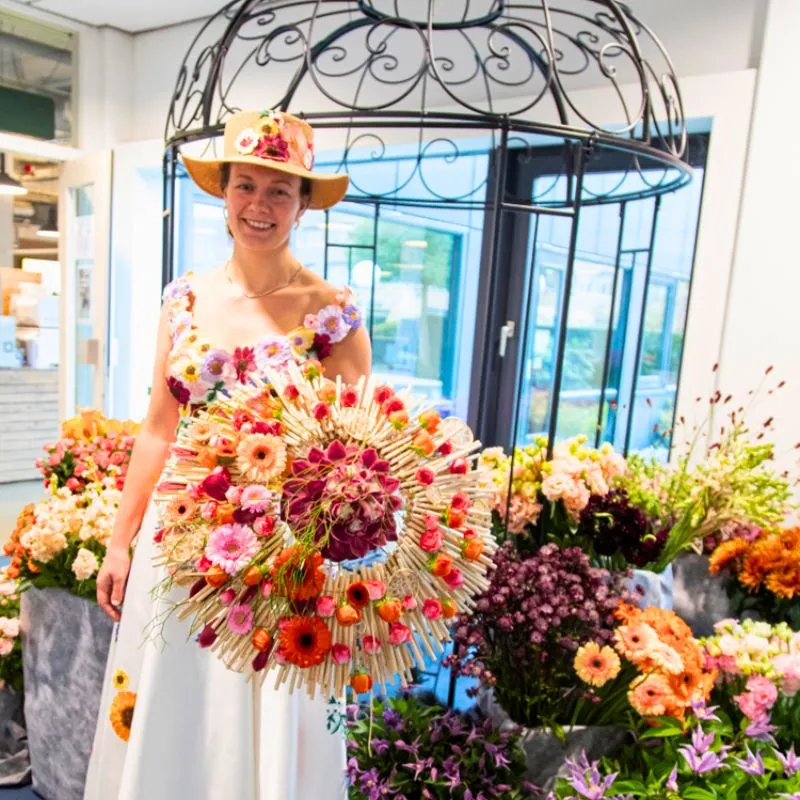Ask any florist who's ever worked with a Germini, and chances are they’ll name-drop Oudijk Gerbera without skipping a beat. Based in the Dutch flower heartland, this family-run grower has been perfecting the art of Gerbera cultivation since 1975. And while the early days involved the big-headed varieties, their love story with the mini Gerberas—known to most as Germinis—has been going strong since the early ‘90s.
General manager Dirk-Jan Oudijk is happy to talk about their journey, how they keep those 80+ varieties ticking, and what it takes to grow over a million flowers a week without cutting corners—on freshness or on sustainability.
From Lettuce to Gerberas
Before there were Germinis, there was lettuce. And tomatoes. The Oudijk family didn’t start in floriculture right away, but once they switched over to Gerberas in 1975, things took off. “We switched to Gerberas in ‘75,” Dirk-Jan recalls. “And Germinis came into the picture around 1990, 1991. They weren’t really a thing before that.”

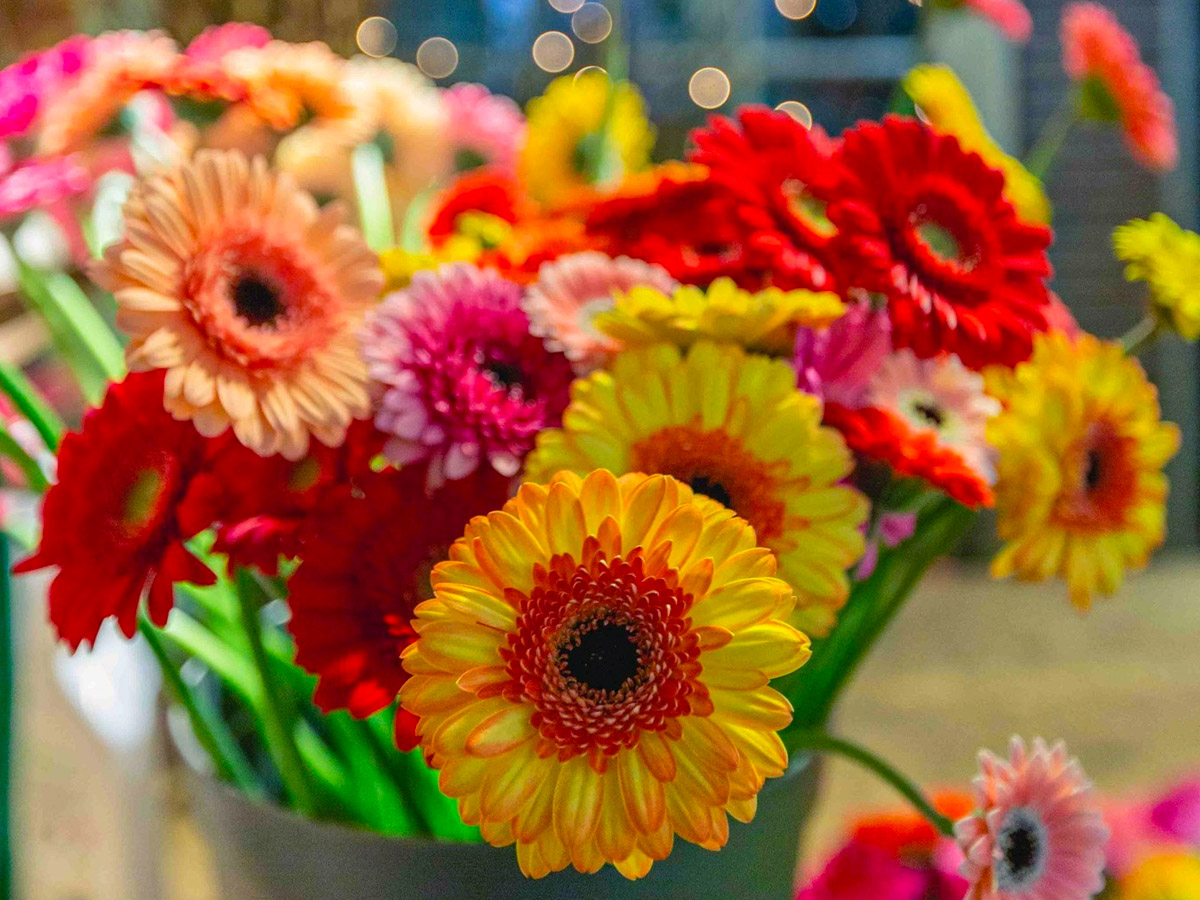
Since then, they’ve tried a bit of everything—dabbling briefly again in large-flowered Gerberas—but the minis kept pulling them back. “They're just more flexible, more fun,” Dirk-Jan says. “And they’ve really become our thing.”
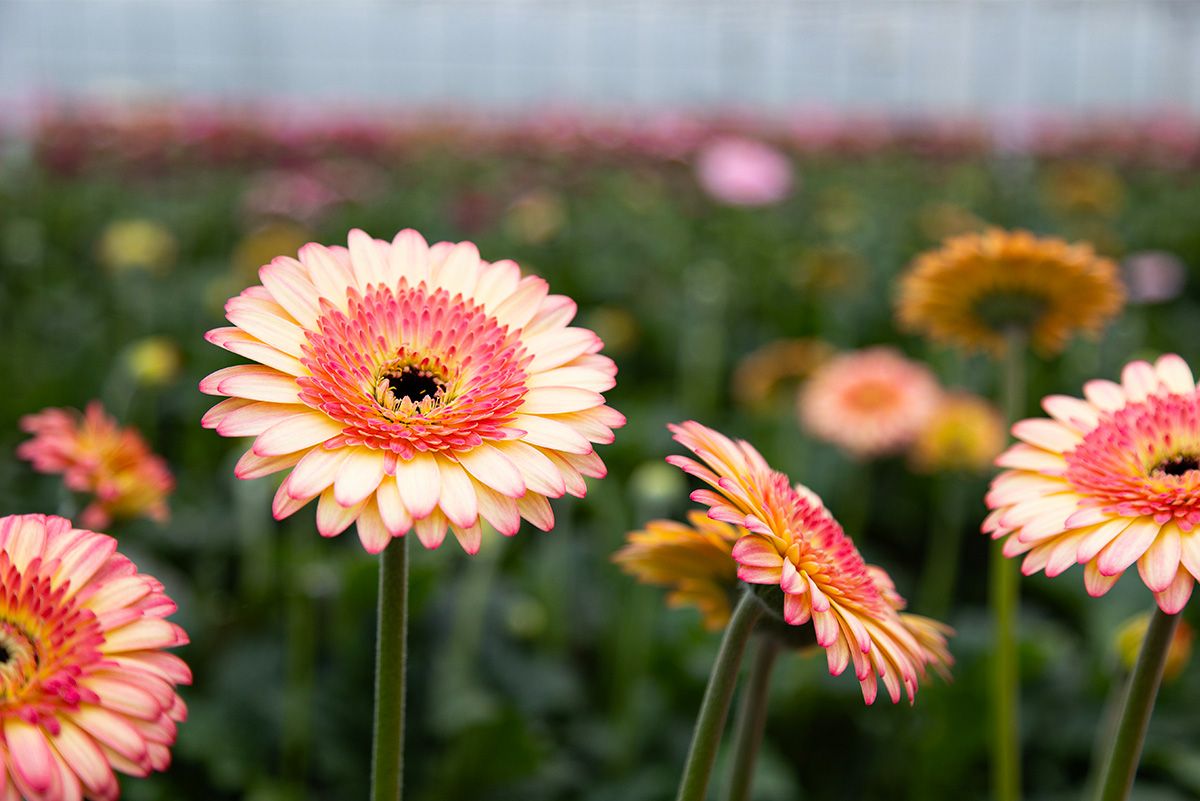
80+ Varieties, and Not by Accident
So, how do you manage a greenhouse packed with over eighty Germini varieties? The answer is: "We look at quality, how easy a variety is to grow, how productive it is, and what the market wants," Dirk-Jan explains. “We regularly phase out types that are tricky to grow or don’t pull their weight.”
Color plays a big role, too. Oudijk doesn’t just grow what’s easy—they grow what florists and consumers actually want to work with. “You need a full palette,” Dirk-Jan says. “White, cream, pinks, reds, lilac, bicolors, even the tricky shades like salmon and soft yellow. Everything has to be in there.” Right now? “Pink tones are huge,” he says. “Pink, lilac, and pink bicolors are going year-round. Used to be more seasonal, but not anymore.”
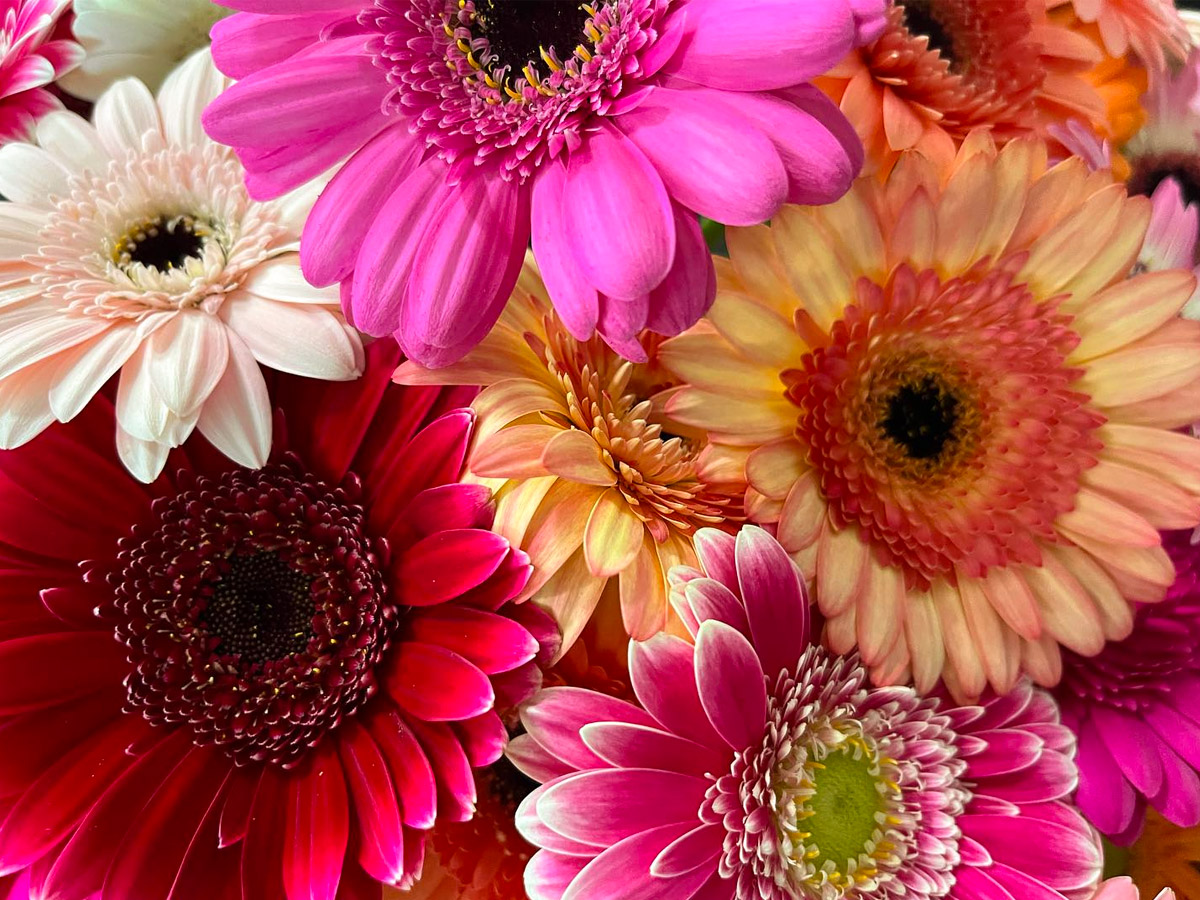
Flexibility That Works for Florists
Even though Oudijk works through exporters and wholesalers, particularly as a grower of the Decorum growers collective, they keep things florist-friendly by offering super flexible ordering. Yes, even down to single bunches that are offered via their wholesale customers. “It’s extra work for us, but it’s worth it,” Dirk-Jan says. “Although we do not sell directly to florists, it still means they can build the mix they want without over-ordering.”
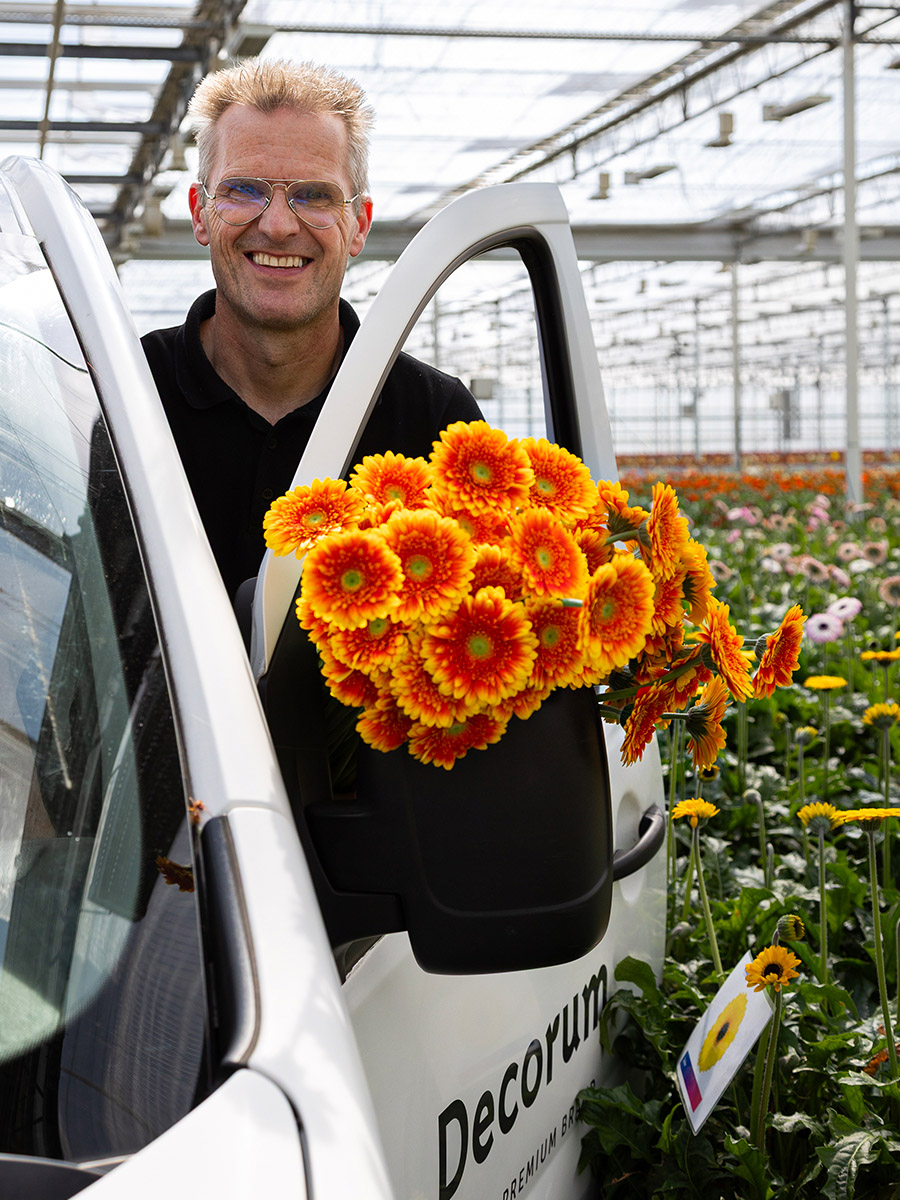
Packaging is another area where they meet the market. Roughly 60% of their flowers go out in the regular water buckets, 20% in their ‘Diamond’ water packings (which florists tend to love for the ease), and the remaining 20% in classic Gerbera boxes. No matter the packaging, though, their goal is always the same: freshness and reliability. “Florists can order until 6:30 in the morning,” Dirk-Jan says, “and our trucks roll out by ten, heading to all three major hubs, which are the Royal FloraHolland auctions in Rijnsburg, Aalsmeer, and Naaldwijk.”
Floral influencer Peter van Delft recently visited Oudijk Gerbera and came across this charming lady harvesting the popular Germini Teddy. Check it out!
Growing Smart & Sustainable (and a Little Chicken Help)
You might’ve seen the photos on the Oudijk website—chickens wandering among the plants. “Yeah, people always point that out,” Dirk-Jan chuckles. “But they do a job. They help with pest control—eating bugs, slugs, and even a bit of the weeds.”
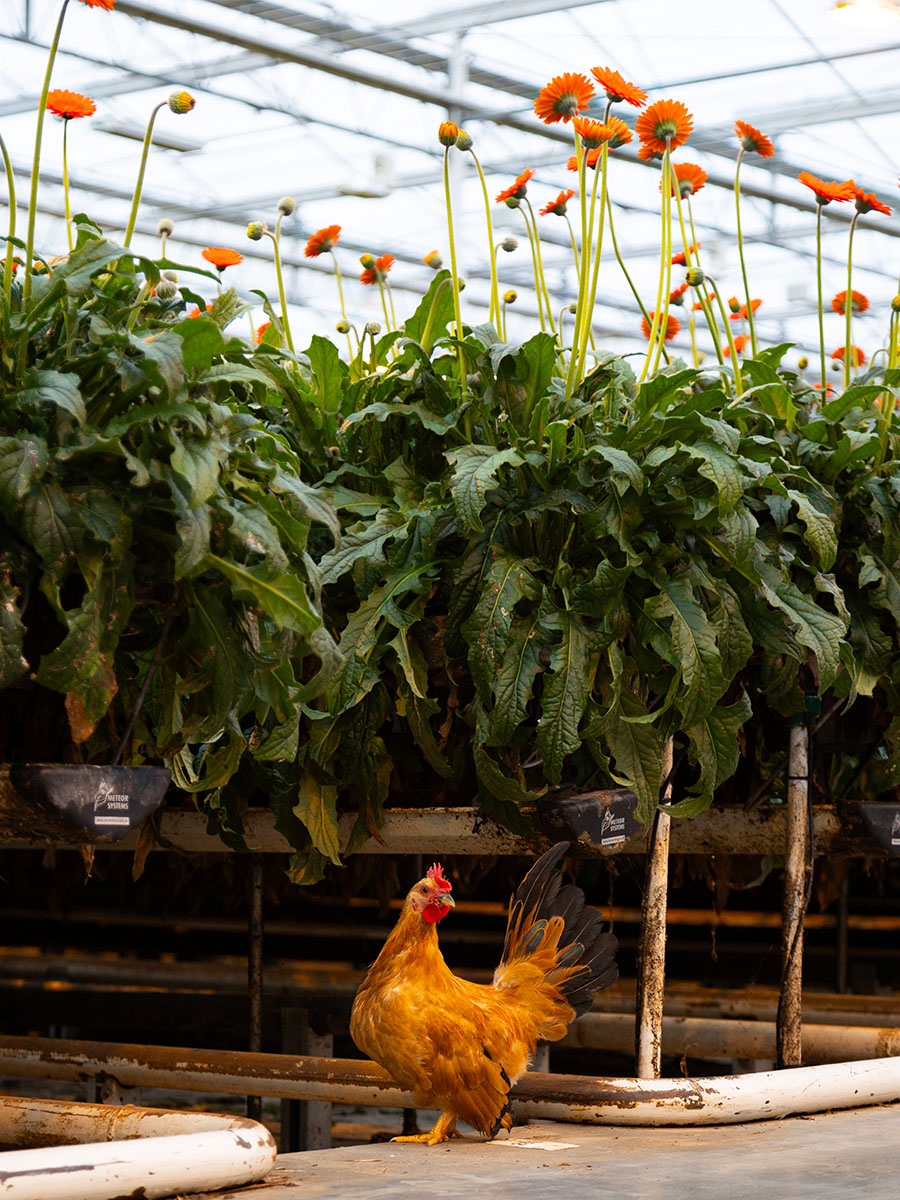
That’s just one piece of Oudijk’s bigger sustainability puzzle. They’ve been steadily shifting toward biological crop protection, cutting back hard on chemicals and investing in long-term solutions. Every greenhouse window now has insect netting. And up in the rafters? Verbascum thapsus plants—aka the great mullein—serve as hosts for beneficial insects that help manage pests throughout the crop. “Some of those biological helpers can’t survive directly in Gerberas,” Dirk-Jan explains, “but they thrive on the Verbascum. That gives us a kind of standing army of natural pest control.”
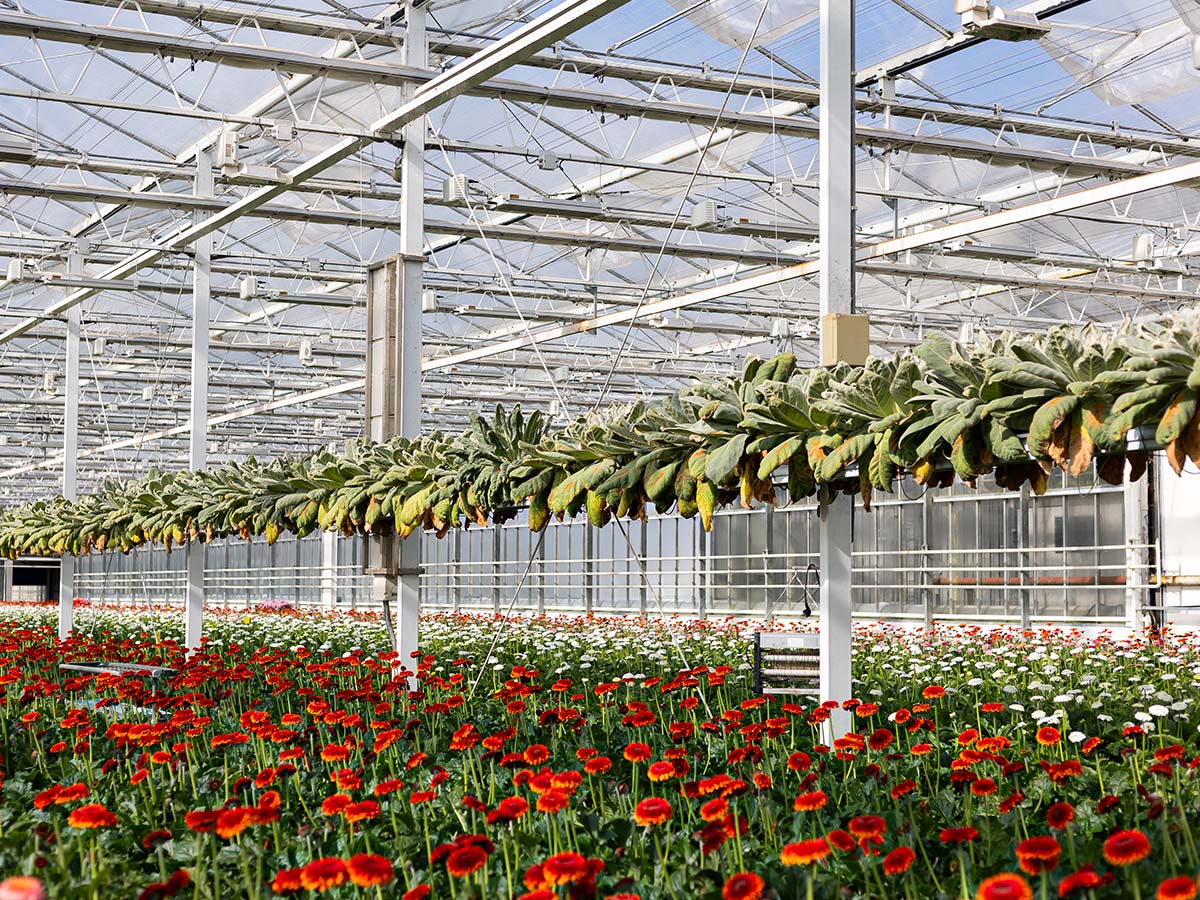
And the green thinking doesn’t stop there. Oudijk Gerbera has reduced gas use by 40% thanks to smart climate control, dehumidification systems, and the switch to electric boilers. On sunny, windy days, they can heat the whole place using just electricity from renewable sources.
Oh, and all their water? Recycled. Every drop.
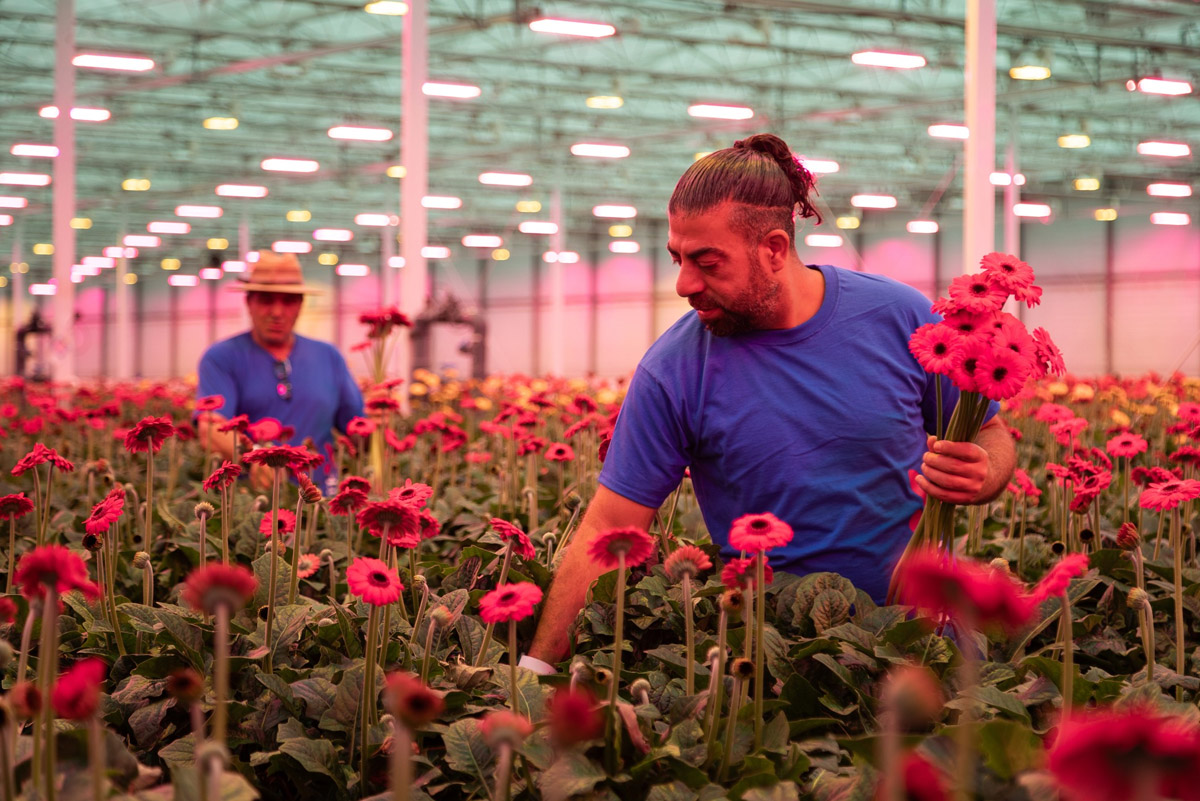
Oudijk's Go-To Germinis
When asked for his top picks, Dirk-Jan doesn’t hesitate:
Germini Albino – Crisp and white, a big hit in Belgium. This famous pure white one with a green center is still a must-have for florists.
Germini Prosecco – An Oudijk exclusive, and a personal favorite. Who can resist the warm hues of this amazing Gerbera? Cheers!
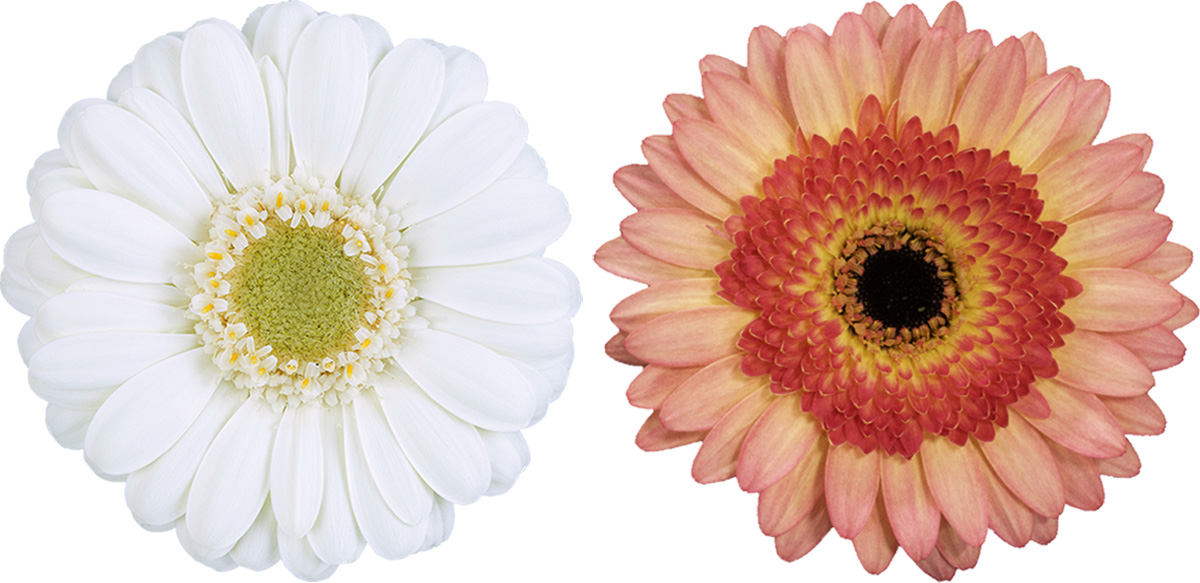
Germini Sandero – Not exclusive, but this hot pink Gerbera is totally reliable and, also, therefore, heavily ordered. It's one of those intense 'in-your-face' flowers that immediately draw your attention.
Germini Moët – Pink, soft, sparkling in its own way, and always popular around special days, such as Mother’s Day and during the wedding season.
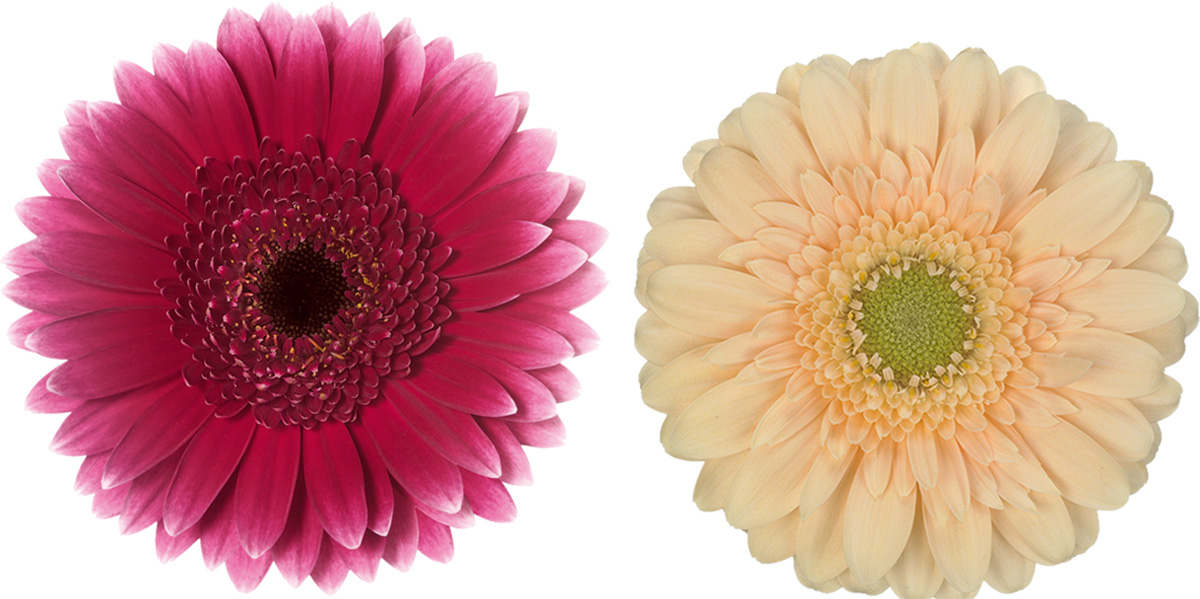
There are others too—Pomponis with their dahlia-style blooms, spider-types, and novelty shapes that keep the assortment fresh. “There’s always something new to try,” he says.
Why Traders and Florists Keep Coming Back
So why Germinis, and why from Oudijk? Dirk-Jan puts it plainly: “They pop. When you sell a bouquet with Gerberas, the color is already there. No waiting for buds to open. Just a bold splash of color right from the shelf.”
That, plus long vase life and the reliability of a grower who’s been doing this for decades, makes them a florist’s best friend. A message that Oudijk Gerbera conveys in every which way: directly to its customers, via its outlet at Decorum, and through the growers' promotion platform Coloured by Gerbera. “Sure, they might stand a while in a shop and lose a bit of shelf life,” Dirk-Jan admits. “But the ones that go straight from our greenhouse to a florist’s vase? They last. People always tell us that.”

All images courtesy of Oudijk Gerbera.

